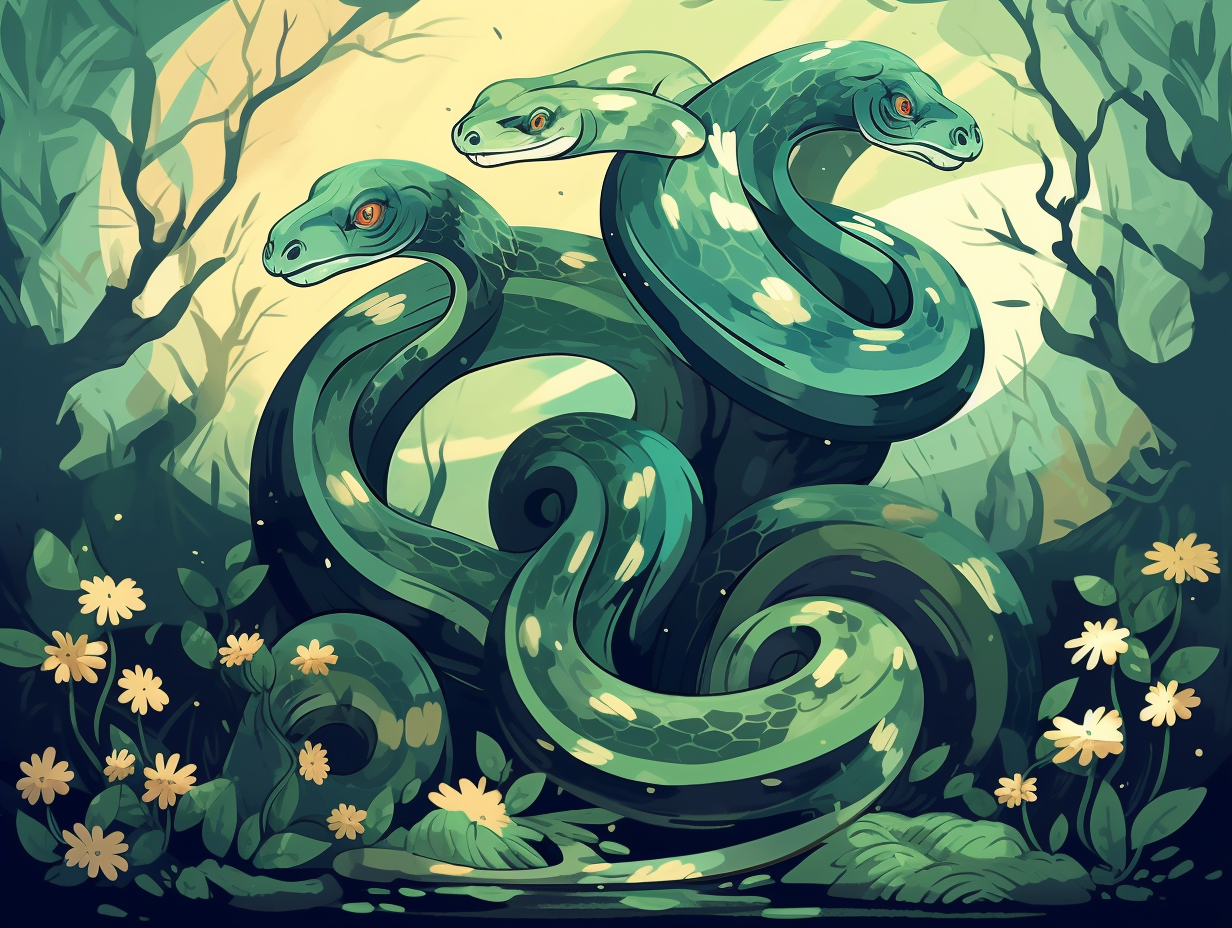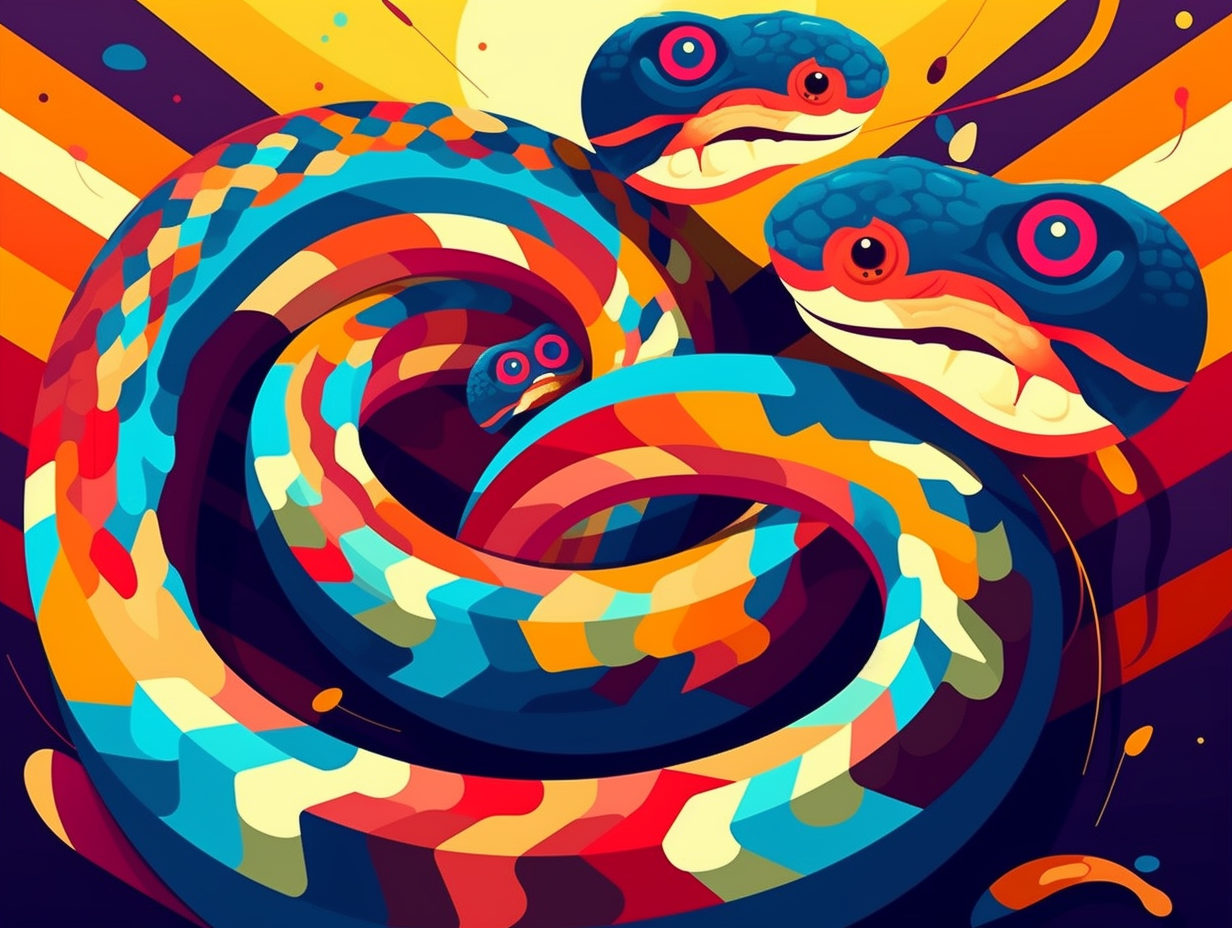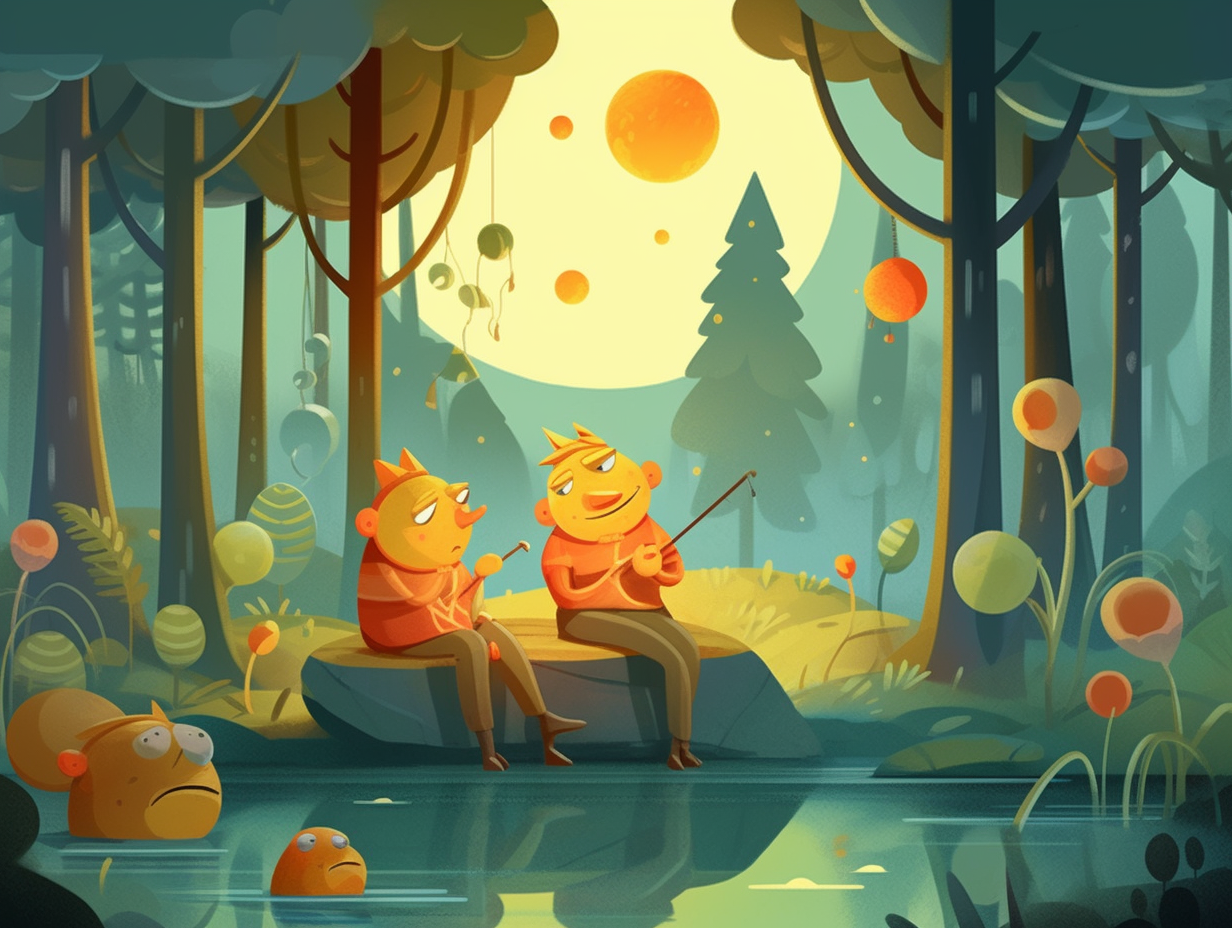Slither into Wonder: 13 Amazing Fun Facts About Green Tree Pythons You Need to Know!

1. Painter's Palette Pythons
Green tree pythons may seem like camouflaged chameleons on a spinach-only diet, but don't let those leafy greens fool you! They're secretly painters' palettes in disguise: While adults display an emerald artistry, the juveniles sport vibrant rainbows of yellow, red, orange, and even blue, only revealing their final green masterpiece when they're around a year old.
Source => reptilerange.com
2. Soccer Mom Snakes
Green tree pythons are the suburban soccer moms of the snake world, spending their days wrapped around branches and attending to their eggs: These slithering beauties actually provide maternal care, keeping their unborn children warm and cozy for approximately 50 days until they hatch, eventually surprising us with youngsters rocking bright yellow, brick-red, or blue hues instead of the classic green we'd expect.
Source => brandywinezoo.org

Did you know pythons have the amazing ability to "see" heat and use it to locate warm-blooded prey? Explore their incredible infrared thermal detection skills in our fun facts about pythons!
=> Fun Facts about Pythons
3. Reptile Robin Hoods
Green tree pythons: the Robin Hoods of the reptile world, stealing from the unfortunate insects with their dastardly dangling tails inspired by the tactics of angling anglers! Seriously though: these strikingly stunning snakes sway their tails to mimic a tasty treat in order to entice their prey, and their prehensile tail isn't about the "firm grip" but more for balance while displaying their skills on arboreal trapeze acts.
Source => nationalzoo.si.edu
4. Treetop Fashionistas
Green tree pythons may seem like they dabble in the makeup artistry of reptiles, but don't be fooled – they're just treetop fashionistas evolving their attire: These scaly style chameleons go through an ontogenetic color change, transforming from a yellow, orange or brick red palette in their juvenile years to a vibrant green hue as they mature, all for the sake of blending in with their lush canopy abode.
Source => snakesforpets.com

5. Flirty Technicolor Pythons
It takes a lot less than 50 shades of green to turn these slithery chameleons on, tree-mendously blending with lofty leaves and dangling their tails like a flirtatious Mata Hari of the python world: The seductively impressive Green Tree Python changes color from yellow, red, or red-brown as juveniles to its iconic green between 6 to 12 months old, using its prehensile tail to climb and cleverly trap curious prey.
Source => nationalzoo.si.edu
6. Python Surprise Bite
Whoever said you can't teach an old snake new tricks never tangled with the green tree python: Though not venomous, these slithery pranksters sport sharp, recurved teeth and pack an alarming bite backed by a vice-like jaw - perfect for making overconfident predators think twice before biting off more than they can chew.
Source => snakesforpets.com
7. Tiny Festive Decorations
In a unique game of hide and seek with a Technicolor twist, green tree python hatchlings disguise themselves as tiny festive decorations: Juvenile green tree pythons are born with bright yellow, red, or red-brown hues camouflaging them among the rainforest edges, gradually transforming into the iconic bright green as they mature.
Source => nationalzoo.si.edu
8. Toddler Mayhem Makeover
When Mother Nature was handing out colors, it's almost as if she had a little too much fun with the green tree python and just had to throw in a dash of "toddler mayhem" mixed with a pinch of "you're not going to believe this": Green tree pythons, as it turns out, aren't even born with their iconic hue but instead burst into life sporting a jaunty red or zesty yellow coat! It takes these stylish slithering models about 6 months to a year to finish their makeover into biologically fabulous green, as if to affirm that good things do come to those who wait... and change colors!
Source => researchgate.net
9. Reptilian Runway Models
Who needs mood rings when you've got green tree pythons, the ultimate arboreal chameleons, effortlessly swapping hues and wardrobes like they're starring in a tree-top fashion show: As they age, these reptilian runway models transition from sassy yellow or red juveniles to sophisticated green adults, adapting to their change in palate as they swap ground-dwelling lizard-munching for the high life of canopy-dwelling bird feasting – all while keeping their camouflage game on point!
Source => whyevolutionistrue.com

10. Camouflage Party Pythons
Green tree pythons might as well be the chameleons of the snake world, hosting epic camouflage parties and embracing mood-ring color coordination: These slithery socialites can effortlessly alter their skin color from bright green to brown or yellow, blending in with their environment and dodging predators, all thanks to a nervous system that works faster than a gossip grapevine.
Source => nationalzoo.si.edu
11. Slithery Party Host
Picture this: a python literally "hanging out" at its rainforest crib, waggling its tail at the local birds and rodents like a slithery party host with a mischievous twinkle in its eye. Yes, we're talking about a true snake charmer: The green tree python uses its prehensile tail to attract curious prey, then strikes with phenomenal speed, grabbing hold of its meal with sharp teeth and strong muscles, showcasing one of its many exceptional adaptations in its tropical habitat.
Source => nationalzoo.si.edu
12. Punk Rock Pythons
"Going through a teenage phase has never looked so wild: Green tree pythons, particularly the stylish Biak locality, start off life sporting a rebellious yellow hue, taking a whole five years to settle down into their elegant adult wardrobe of green accessorized with yellow, white, or blue patches. As they grow up, these punk rock pythons trade their edgy appearance for elongated heads and distinctive nasal scales, showing off their mature sense of fashion."
Source => reptile.guide
13. Kermit's Mistake
We always knew Kermit the Frog had it wrong – it's actually pretty easy being green, especially if you're a master of disguise like the green tree python: As it grows from juvenile to adult, this slithery serpent seamlessly changes its color from bright yellow or brick red to vibrant green, blending in with its leafy surroundings and fooling any unsuspecting birdie that's looking for a quick snack.
Source => ncbi.nlm.nih.gov
Related Fun Facts




















